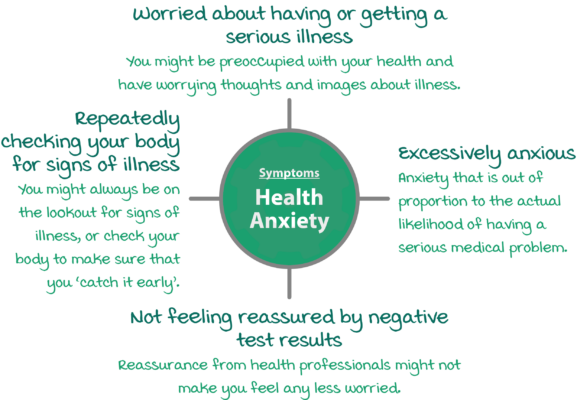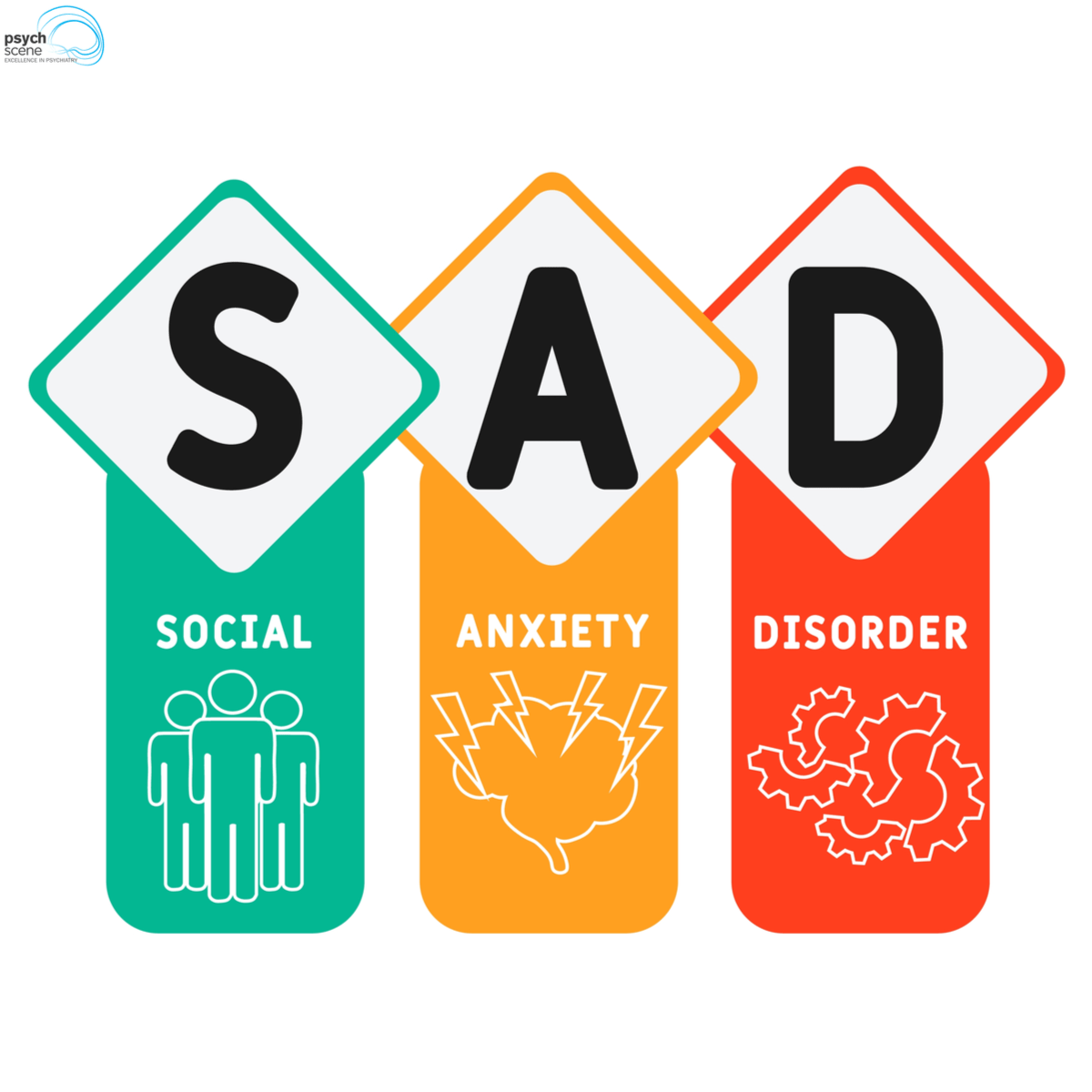Navigating the Turbulence: Exploring the Age of Anxiety and Depression. Are We Living in an Age of Anxiety and Depression? (Updated 2023 version), In today’s fast-paced and interconnected world, it seems that more and more people are experiencing anxiety and depression. The pressures of modern life, coupled with societal and technological changes, have created a unique set of challenges for our mental well-being. In this article, we will explore whether we are truly living in an age of anxiety and depression and delve into the factors contributing to these mental health issues.

The Rise of Anxiety
In the fast-paced and interconnected world, we inhabit, it seems that anxiety has become an unwelcome companion for many. The rise of anxiety has become an undeniable phenomenon, casting a shadow over the lives of countless individuals. It permeates our society, affecting people of all ages, backgrounds, and walks of life.
From the young student grappling with academic pressure to the professional striving to meet ever-increasing demands, anxiety knows no boundaries. But what lies at the core of this pervasive surge? Are we witnessing a genuine increase in anxiety or simply heightened awareness and recognition of its existence? Let us delve deeper into this unsettling rise and explore the underlying factors fueling the flames of anxiety in our modern world.

Understanding Anxiety Disorders
Anxiety disorders are among the most common mental health conditions worldwide. They involve excessive worry, fear, and apprehension that can significantly impact daily functioning and overall quality of life.
Societal Factors and Stressors
The demands and expectations of modern society contribute to the rise in anxiety. Factors such as work-related stress, financial pressures, social media, and the constant availability of information can overwhelm individuals and trigger anxiety symptoms.
Technological Influence
While technology has brought numerous benefits, it has also contributed to the rise in anxiety. The constant connectivity and information overload can lead to feelings of being constantly “on” and an inability to disconnect from work or social pressures.
The Prevalence of Depression

“Shedding Light on the Shadows: The Prevalence of Depression in Today’s Society”
Depression, with its heavy weight and insidious grip, is a pervasive mental health condition that has been on the rise in recent years. The prevalence of depression is a stark reality that cannot be ignored. It lurks in the shadows, affecting individuals from all walks of life, regardless of age, gender, or socioeconomic status. While the exact causes of depression remain complex and multifaceted, it is clear that modern society has created a breeding ground for its growth.
The pressures and expectations we face, the constant exposure to social media’s curated lives, and the erosion of interpersonal connections—all contribute to the fertile soil in which depression thrives. As we delve into the depths of this troubling phenomenon, it becomes increasingly crucial to unravel the factors that contribute to its prevalence and explore avenues for support, treatment, and destigmatization.

Understanding Depression
Depression is a mood disorder characterized by persistent feelings of sadness, hopelessness, and a loss of interest or pleasure in activities. It affects how individuals think, feels, and handle daily activities.
Social and Cultural Factors
Various social and cultural factors contribute to the prevalence of depression. These include the pressure to succeed, societal expectations, social isolation, and the stigma surrounding mental health, which can deter individuals from seeking help.
Digital Disconnect and Loneliness
Paradoxically, despite the hyperconnectivity of the digital age, many individuals feel isolated and lonely. The lack of genuine human connection, reliance on virtual interactions, and comparison culture on social media can exacerbate feelings of loneliness and contribute to depression.
“Disconnected in a Connected World: Exploring the Digital Disconnect and Loneliness”
In an age defined by constant connectivity and digital interactions, it may come as a surprise that feelings of loneliness are on the rise. Despite our ability to connect with others at the touch of a button, a growing number of individuals find themselves trapped in a paradoxical state of isolation.
This digital disconnect, where virtual interactions replace genuine human connections, has contributed to a pervasive sense of loneliness that permeates our society. The allure of social media, while promising connection and belonging, often leaves us feeling more detached and unfulfilled.
As we delve into the complex relationship between digital technology and loneliness, it becomes evident that excessive screen time, the comparisons fostered by carefully crafted online personas, and the erosion of face-to-face interactions all play a role in this growing epidemic. It is crucial that we navigate this digital landscape mindfully, recognizing the importance of genuine connections and seeking ways to bridge the gap between our virtual and real lives.

The Intersection of Anxiety and Depression
“Where Anxiety and Depression Converge: Exploring the Intersection of Mental Health Challenges”
Anxiety and depression, two formidable adversaries, often intersect and coexist within the realm of mental health. They can intertwine in a complex dance, exacerbating each other’s symptoms and magnifying the burden on those who experience them. This intersection is an area of great importance and exploration as we seek to better understand the intertwined nature of these conditions.
Anxiety, characterized by worry, fear, and a constant sense of unease, can pave the way for depression to take hold, enveloping individuals in a deep sense of hopelessness, despair, and emotional numbness. Conversely, depression can breed anxiety, as the weight of sadness and disconnection amplifies worries and fuels a perpetual state of anxious anticipation.
By examining the shared mechanisms, risk factors, and treatment approaches, we can gain insights into how to address this complex interplay and provide holistic support for those navigating the intersection of anxiety and depression.
Anxiety and depression often coexist, with many individuals experiencing symptoms of both conditions simultaneously. They share common symptoms such as sleep disturbances, irritability, difficulty concentrating, and physical complaints.
Vicious Cycle and Feedback Loop
Anxiety and depression can reinforce each other in a vicious cycle. Anxiety can lead to feelings of hopelessness and despair, contributing to depression. Conversely, depression can intensify anxiety symptoms, creating a feedback loop that is challenging to break.

Seeking Solutions and Support
“Seeking Light in the Darkness: Solutions and Support for Anxiety and Depression”. While the prevalence of anxiety and depression may seem overwhelming, it is crucial to remember that there is hope, support, and a multitude of solutions available for those facing these mental health challenges.
Recognizing the need for a comprehensive approach, individuals can take proactive steps to manage their symptoms and regain control over their lives. Seeking professional help from mental health professionals, such as therapists or psychiatrists, can provide valuable guidance and personalized treatment options. Additionally, engaging in self-care practices, such as regular exercise, healthy sleep habits, and stress-reduction techniques, can significantly impact mental well-being.
Building a strong support network of understanding friends, family members, or support groups can offer a sense of belonging and empathy during difficult times. It is also essential to challenge societal stigmas surrounding mental health and foster open conversations about anxiety and depression. By working together, we can create a supportive environment where those affected feel empowered to seek the help they deserve, ultimately finding solace and healing in their journey toward mental well-being.
Read More About 5 Quick Ways To Ease Stress, Depression & Anxiety
Promoting Mental Health Awareness
Raising awareness about anxiety and depression is crucial to combat the stigma surrounding mental health. By fostering understanding, we can create a supportive environment that encourages individuals to seek help and treatment.
Accessible Mental Health Services
Providing accessible and affordable mental health services is essential for addressing anxiety and depression. Increasing resources for therapy, counseling, and medication options can help individuals manage their symptoms and improve their well-being.
Lifestyle Changes and Self-Care
Engaging in self-care practices and making lifestyle changes can have a positive impact on mental health. This includes prioritizing physical activity, maintaining a balanced diet, practicing mindfulness and relaxation techniques, and fostering meaningful connections with others.
Conclusion
The prevalence of anxiety and depression, in today’s society suggests that we are indeed living in an age where these mental health conditions are increasingly common. The pressures of modern life, societal factors, and technological advancements have all contributed to the rise in anxiety and depression.
To address this growing issue, it is crucial to promote mental health awareness and combat the stigma surrounding mental illness. By fostering understanding and empathy, we can create a supportive environment that encourages individuals to seek help and support.
Accessible and affordable mental health services play a vital role in providing the necessary care and treatment for those experiencing anxiety and depression. Increasing resources for therapy, counseling, and medication options can make a significant difference in managing symptoms and improving overall well-being.
In addition
With professional help, individuals can also take proactive steps in their daily lives to support their mental health. Practicing self-care, engaging in regular physical activity, adopting a balanced diet, and cultivating meaningful connections with others can all contribute to a healthier mindset.
It is important to remember that anxiety and depression are complex conditions, and there is no one-size-fits-all solution. Each individual’s journey is unique, and a personalized approach to treatment and support is crucial.
By acknowledging the impact of anxiety and depression in our society, taking steps to promote mental health, and providing resources and support, we can work towards creating a healthier and more compassionate world for everyone.
FAQs (Frequently Asked Questions)
1. Are anxiety and depression the same thing?
Anxiety and depression are separate mental health conditions, but they often coexist and share some symptoms. While anxiety is characterized by excessive worry and fear, depression is marked by persistent feelings of sadness and loss of interest.
2. Can anxiety and depression be cured?
Anxiety and depression can be effectively managed and treated with the right interventions, including therapy, medication, and lifestyle changes. While they may not be completely cured, symptoms can be significantly reduced, and individuals can experience improved well-being.
3. How can I support someone with anxiety or depression?
Supporting someone with anxiety or depression involves being understanding, patient, and empathetic. Encourage them to seek professional help, offer a listening ear, and provide reassurance and support in their journey toward recovery.
4. Is it normal to experience anxiety and sadness sometimes?
Feeling anxious or sad from time to time is a normal part of the human experience. However, if these feelings persist, interfere with daily functioning, or cause significant distress, it may be a sign of an anxiety or depressive disorder that warrants attention.
5. Where can I find more information and resources about anxiety and depression?
For more information and resources about anxiety and depression, please visit optimal health. in.
For more visit: optimalhealth.in




